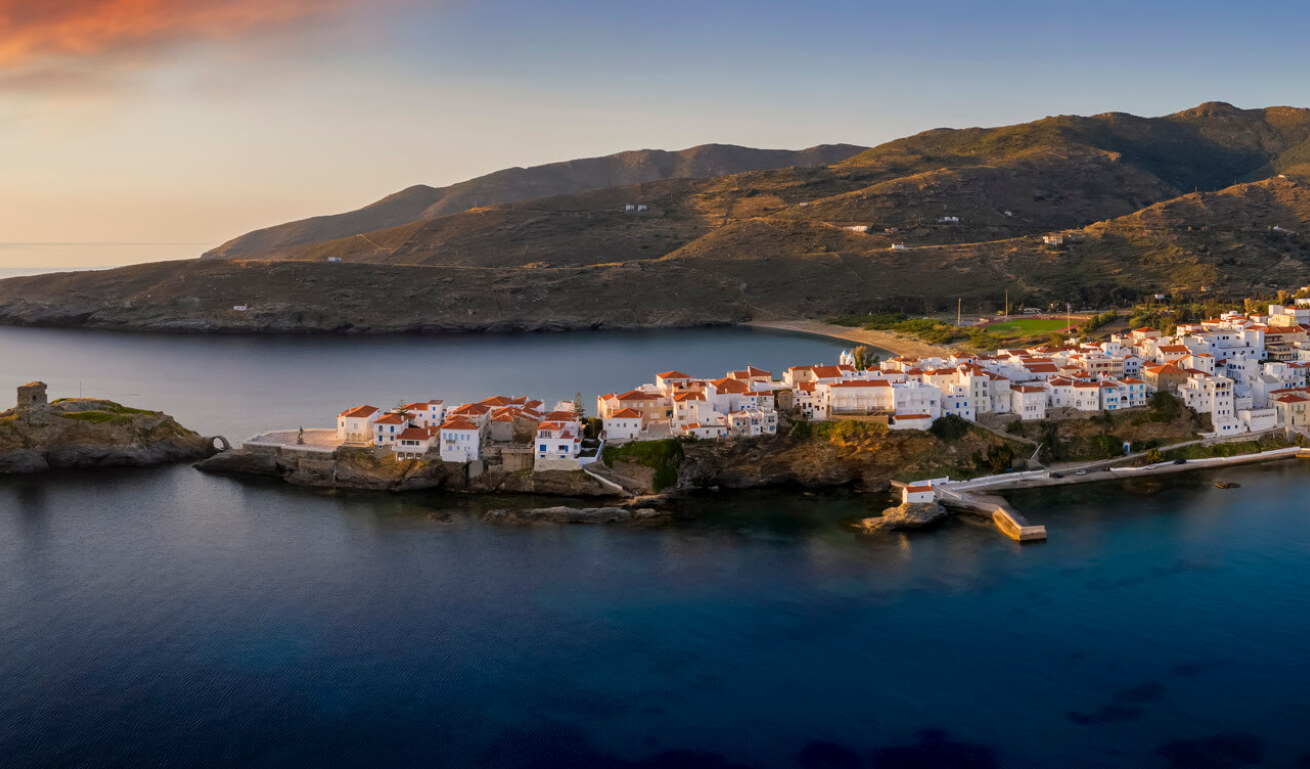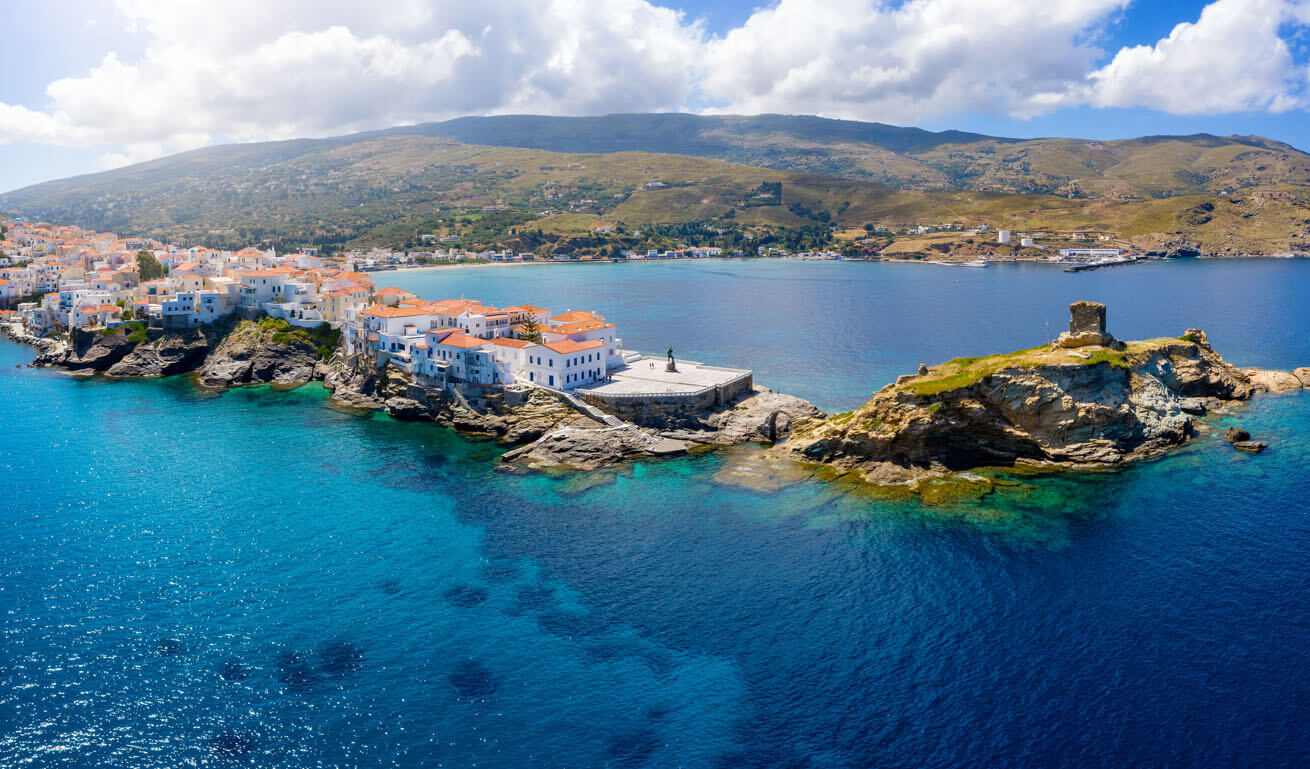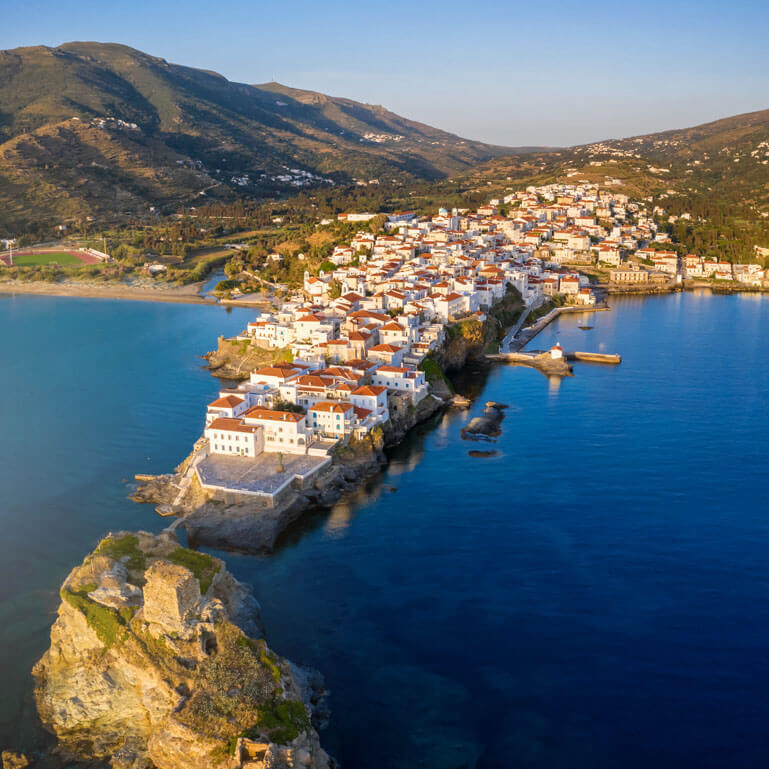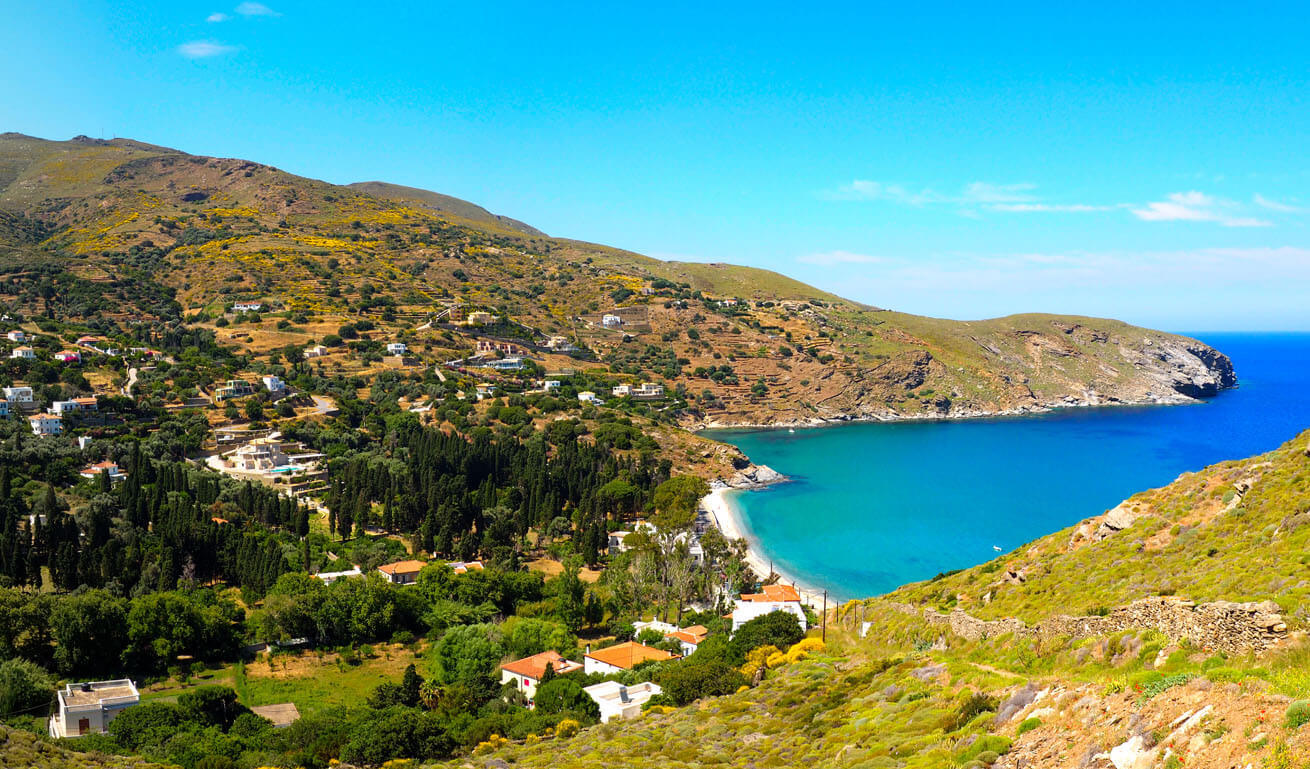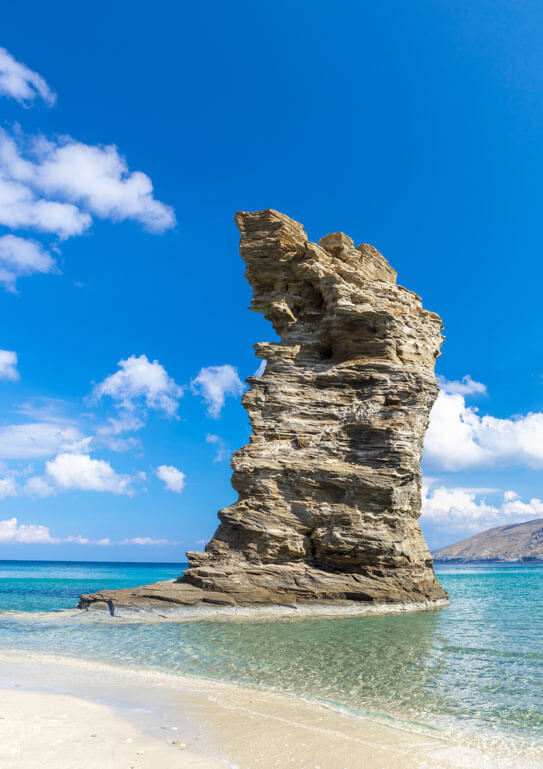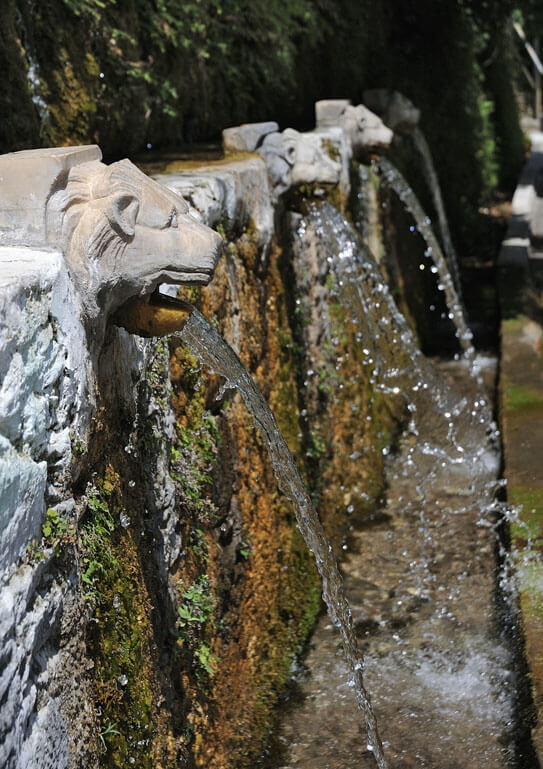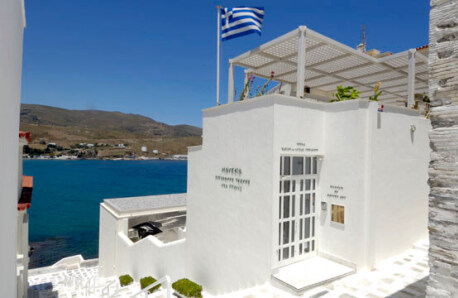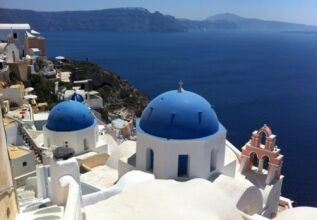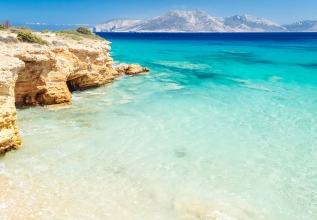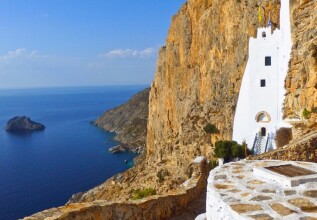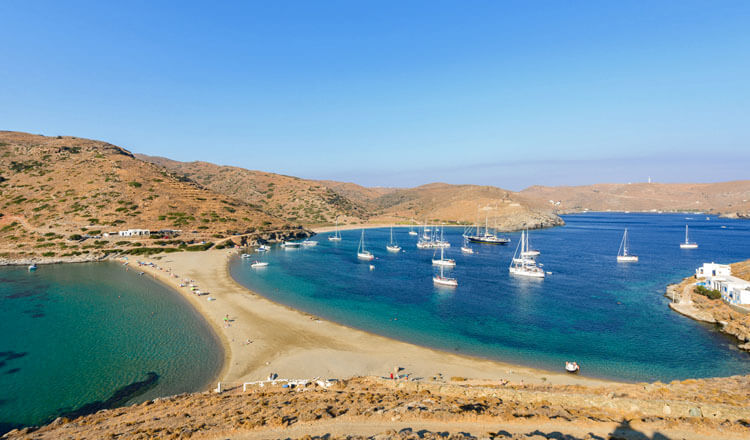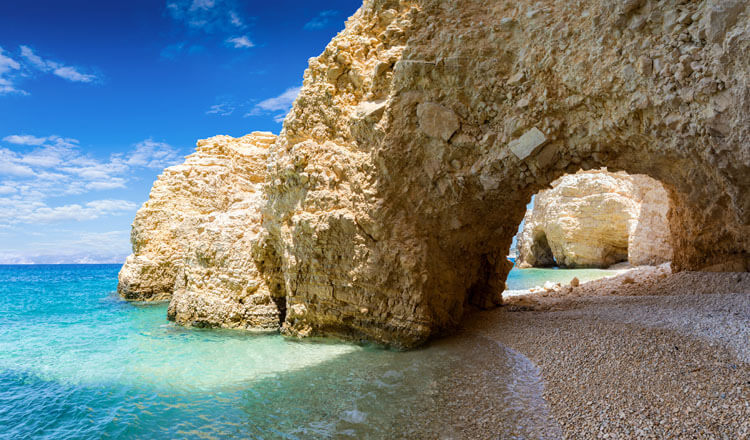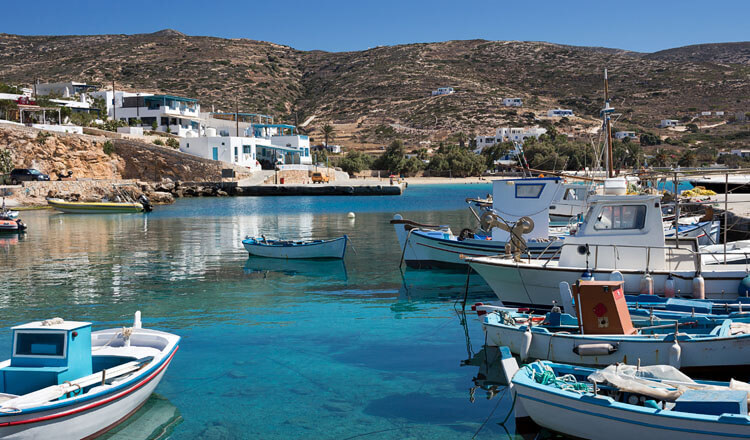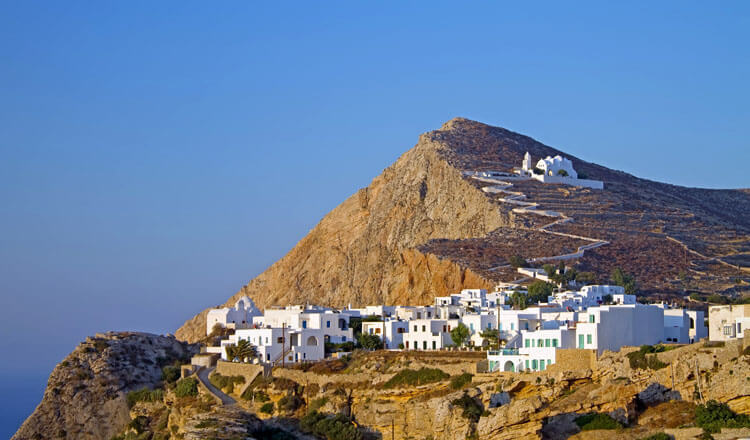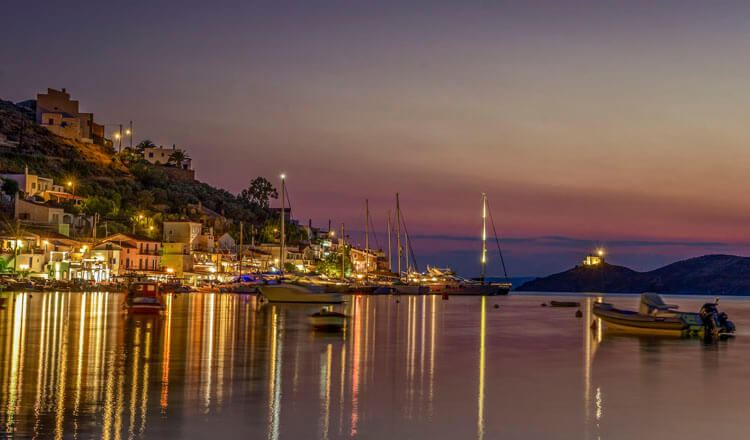

Andros
Next 5 days
-
MON
10 °C
-
TUES
15 °C
-
WED
8 °C
-
THURS
8 °C
-
FRI
11 °C
Climatic Data
Source: National Observatory of Athens /meteo.gr
The capital of the island, Chοra (which means “main village”) is home to many famous Greek captains and ship owners; Take a look at the remarkable combination of medieval, neoclassical and island style houses. Walk the village down the flights of stairs, around the public square and its narrow streets, visit some remarkable churches and museums, and take a break in its beautiful shops, cafes and restaurants. Don’t miss the Frankish castle located on an islet across the main island connected with an arched stone bridge dating back to the 13th century.


Unique Experiences
Touring the Island
At a distance of 16 km west of Chora you can visit the ancient capital town of Andros, Paleopolis, which prospered from the classical to the late roman times. The prehistoric settlement of Plaka, the settlement of Zagora dating to the Geometric period, and a fortified settlement dating back to Neolithic times (4,500-3,300 BC) where rock paintings of animals, ships and linear designs have been unearthed in the wider area.
Andros is definitely worth a visit and can be seen solely as a cultural tourism destination, thanks to its museums. The globally acknowledged Museum of Modern Art, managed by the Vassilis and Eliza Goulandris Foundation, houses unique collections of paintings and sculptures, whereas the Archaeological Museums in Chοra and Paleοpolis showcase the island’s long turbulent history. The Cyclades Olive Museum located at Pitrofos village is a fine example of a small pre-industrial olive oil producing unit that is definitely a must-see site.
More from our Blog
VIEW ALLGet Inspired
VIEW ALL
August Religious Festivals on Greek Islands
Every year on the 15th of August the Orthodox Church celebrates the Virgin Mary, where thousands of pilgrims make use of the numerous shrines dedicated to "Her Grace".

An escape to nearby Cyclades
It will only take you a few sailing hours from the ports of Attica (Piraeus or Rafina) to get to them: they are the charming “nearby Cyclades”, the ideal Aegean islands for weekend escapes and island hopping.

Top extreme sports in Greece
Visit Greece and let the adrenalin be your guide as you discover its natural beauty. Whatever the season, you will find beautiful places in the islands as well as in the mainland, that will offer memorable experiences...

